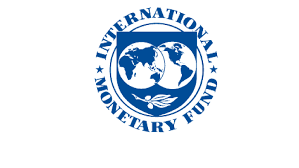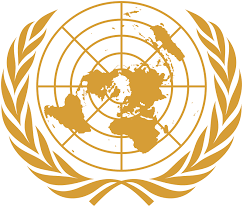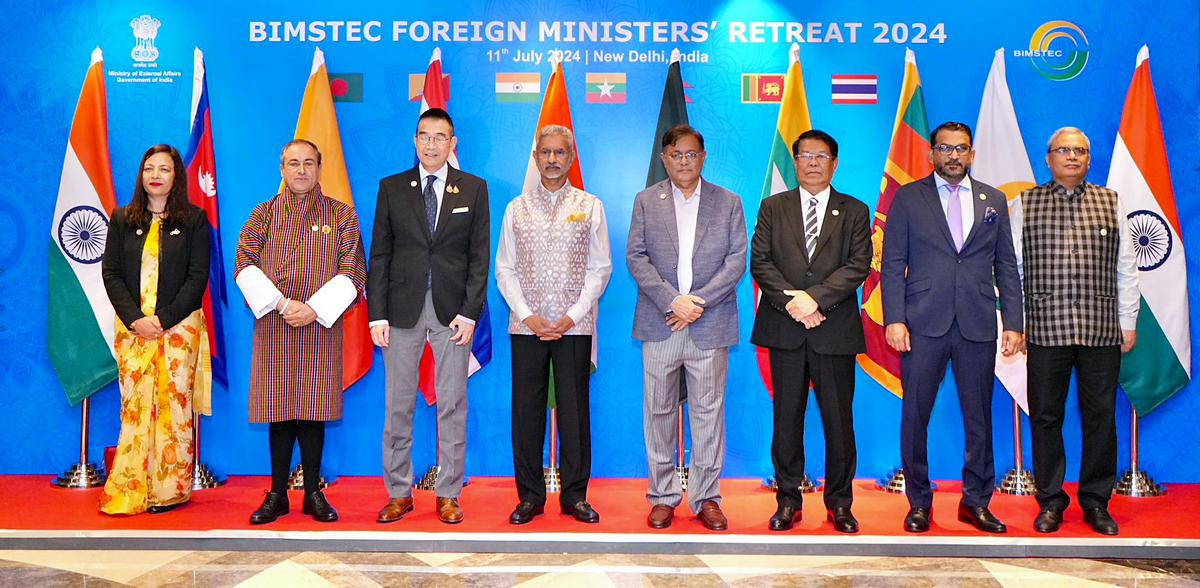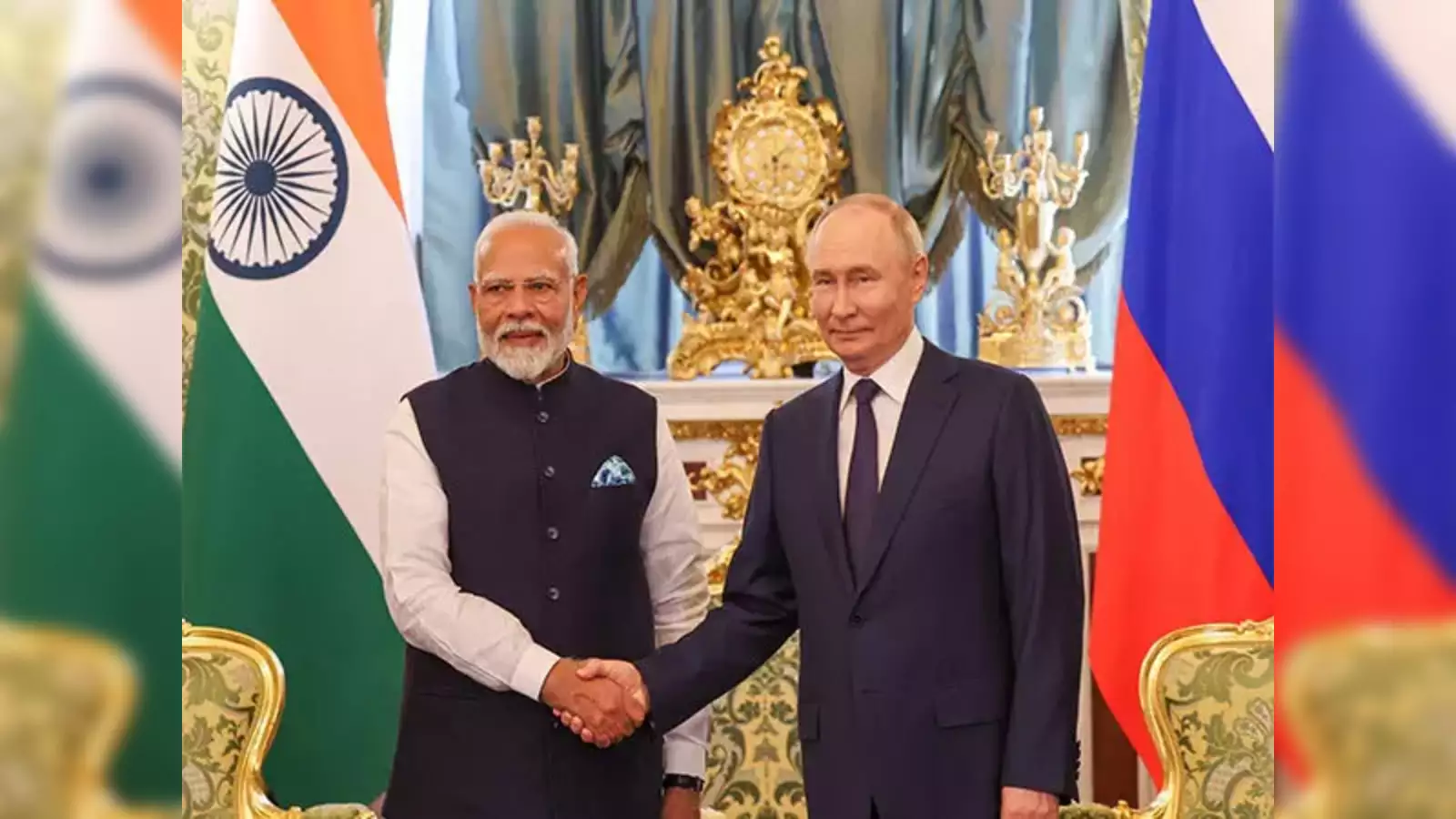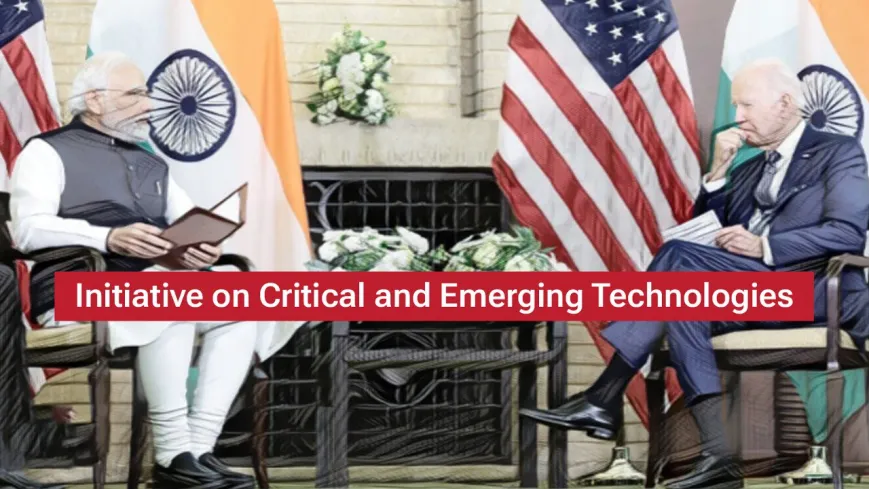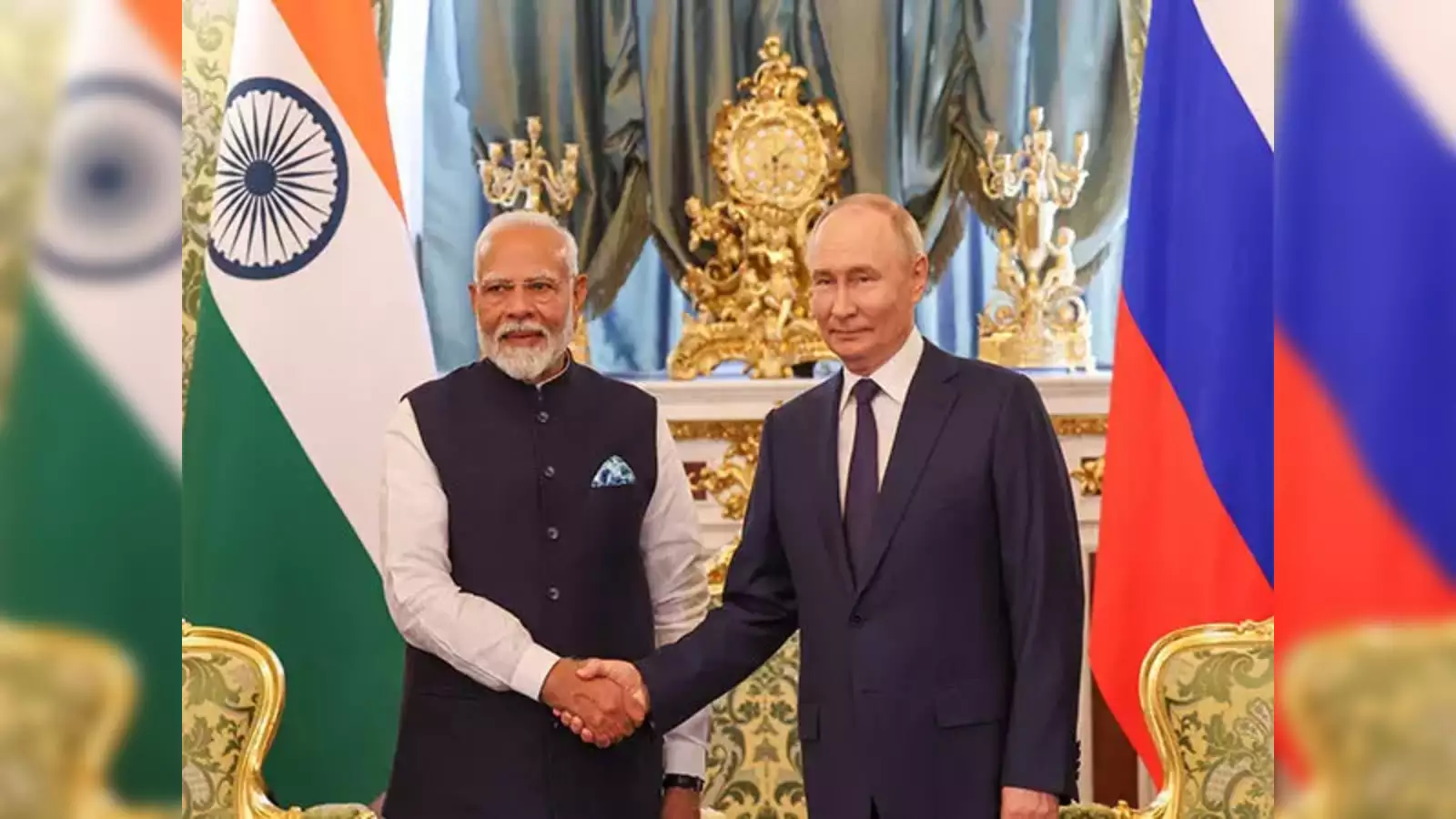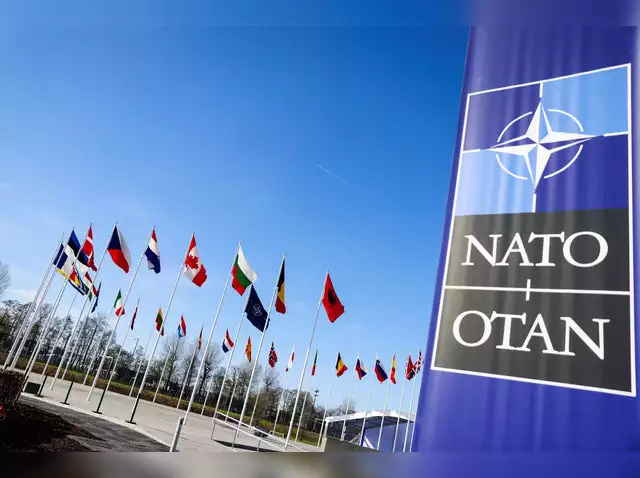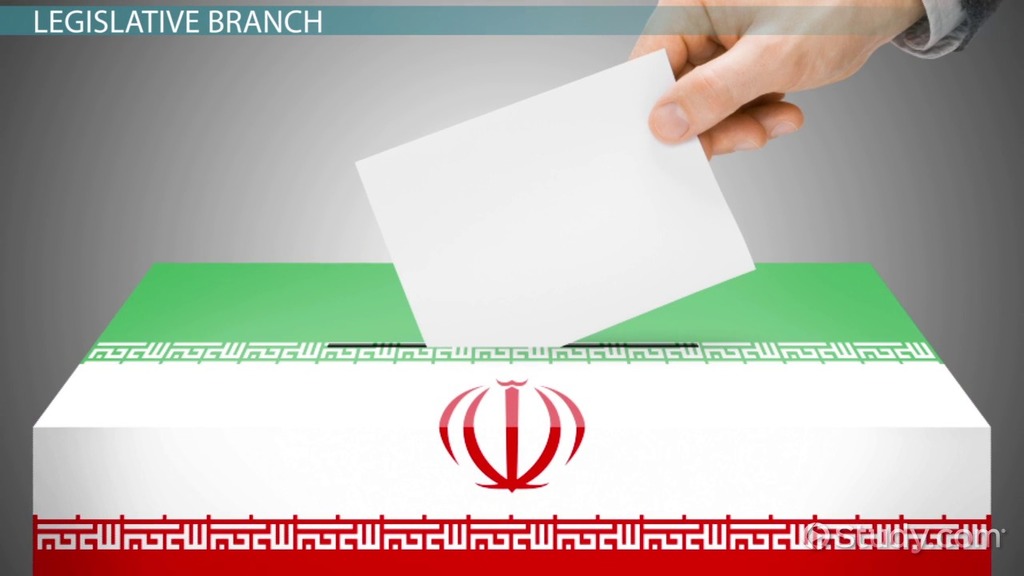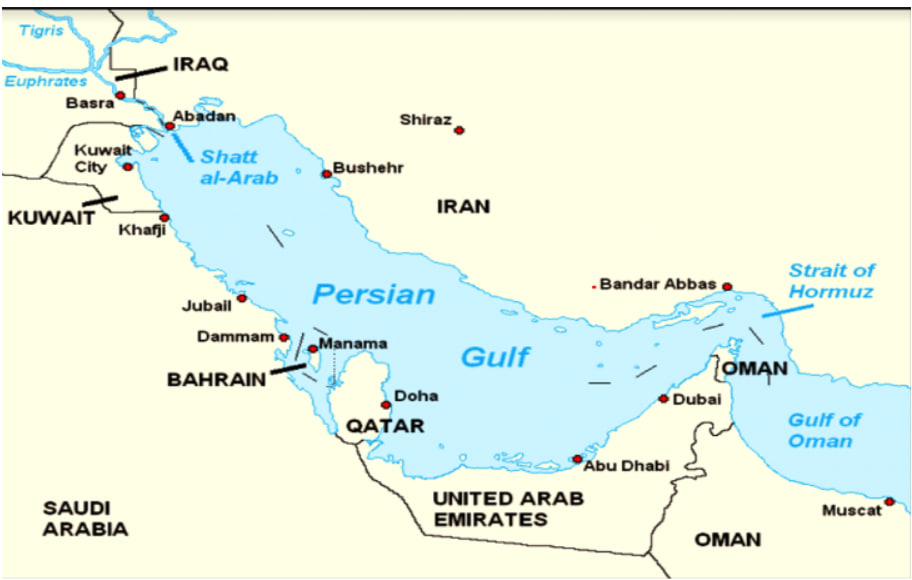The Hindu : Page 06
Syllabus GS: 02 : International Relations : India & Its Neighborhood
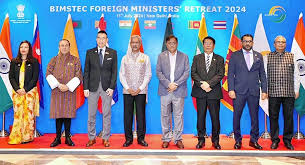
Context :
- India hosted the 2nd BIMSTEC Foreign Ministers’ Retreat in New Delhi, creating an informal forum to enhance regional cooperation in security, connectivity, trade, and investment in the Bay of Bengal.
Strengthening ties with eastern neighbours
- BIMSTEC is the regional organisation devoted to the Bay of Bengal, with a membership of five South Asian and two Southeast Asian countries, cooperating across seven diverse sectors.
- Regional Stability and Security: The growing presence of China in the Bay of Bengal is perceived as a potential threat to regional stability. By strengthening ties with countries like Bangladesh and Myanmar, India aims to reinforce its position as a preferred security partner in the region.
- Economic Development: Enhanced relations with eastern neighbors facilitate India’s access to essential maritime routes, particularly for its landlocked northeastern states.
- Indo-Pacific Strategy: Improved relations with Myanmar and Thailand are integral to India’s broader Indo-Pacific strategy. These countries are key members of ASEAN, which India considers central to its vision for the region.
- These priorities were reflected in the opening address by the Minister for External Affairs, S. Jaishankar, when he stated that BIMSTEC represents the intersection of India’s ‘Neighbourhood First’ outlook, the ‘Act East Policy’, and the SAGAR (Security And Growth for All in the Region) vision.
Two parts of the retreat
- The retreat was divided into two parts.
- In the first segment, participants assessed the current state of regional cooperation within BIMSTEC, building on a presentation by India on the implementation of key outcomes of the 1st Retreat.
- Multiple ideas were shared by the member states including the establishment of Centers of Excellence in member states, focusing on Agriculture, Disaster Management, and Maritime Transport.
- India announced support for cancer research, treatment, and issuance of e-visas for patients of all BIMSTEC states, while Sri Lanka proposed the inclusion of kidney disease.
- The need for involving the private sector in trade and promoting young entrepreneurs was also highlighted, as was the importance of connectivity, cyber-security, and countering the trafficking of narcotics and illegal arms.
- In the second session, the expectations of each country from the forthcoming summit were discussed.
- Sri Lanka underscored the need to map mineral resources found in abundance in the BIMSTEC countries and create opportunities for the vertical integration of stages of production within specific sectors in the economies of the countries, enabling them to diversify their production structure.
- Bangladesh highlighted the need for cooperation in the Blue Economy and urged member states to ban fishing during the breeding season to address the problem of depleting catch in the Bay.
- Bhutan expounded on the need for collaboration in tourism and cultural exchanges, while Nepal highlighted its ‘whole of the region’ approach to leverage synergies among member states and transform BIMSTEC into a results-oriented regional forum.
- Thailand underscored the need for cooperation in non-traditional security domains, and Myanmar added the need to combat online scamming to the list.
Bilateral merits
- India-Myanmar Concerns: Mr. Jaishankar addressed issues with Myanmar regarding the flow of displaced persons, narcotics, and arms across the border, and urged the return of unlawfully detained Indian nationals.
- India-Bangladesh Cooperation: In his meeting with the Bangladesh Foreign Minister, Mr. Jaishankar was requested to ensure the smooth supply of daily essentials and send a technical team for the Teesta project, signifying efforts towards resolving long-pending concerns.
Way forward:
- Enhance Security Collaboration: Need to prioritize discussions on security cooperation among BIMSTEC members, particularly in countering transnational crimes such as narcotics and arms trafficking.
- Develop Connectivity Projects: Indian government should expedite the implementation of connectivity projects, such as the India-Myanmar-Thailand trilateral highway, to facilitate trade and movement. This will not only enhance economic ties but also improve regional stability.
About BIMSTEC
- Full Name: Bay of Bengal Initiative for Multi-Sectoral Technical and Economic Cooperation.
- Established: 1997.
- Member Countries: Bangladesh, Bhutan, India, Myanmar, Nepal, Sri Lanka, and Thailand.
- Objective: Promote regional cooperation, economic growth, and development.
- Headquarters: Dhaka, Bangladesh.
- Key Sectors of Cooperation: Trade and investment, technology, energy, transport and communication, tourism, fisheries, agriculture, public health, poverty alleviation, counter-terrorism, environment, culture, and people-to-people contact.
- Significance:
o Bridges South and Southeast Asia.
o Enhances regional connectivity.
o Facilitates economic integration and cooperation.
o Sovereign Equality
o Territorial Integrity
o Political Independence
o No-interference in Internal Affairs
o Peaceful Co- existence
o Mutual Benefit
o Constitute an addition to and not be a substitute for bilateral, regional or multilateral cooperation involving the Member States.
o Combating terrorism and transnational crime.
o Enhancing connectivity and trade.
o Addressing climate change and disaster management.
Strategic Importance of BIMSTEC for India
o Allows India to pursue three core policies:
- § Neighborhood First - primacy to the country’s immediate periphery;
- § Act East - connect India with Southeast Asia; and
- § Economic development of India’s northeastern states – by linking them to the Bay of Bengal region via Bangladesh and Myanmar.
o Allows India to counter China’s creeping influence in countries around the Bay of Bengal due to the spread of its Belt and Road Initiative.
o A new platform for India to engage with its neighbors with South Asian Association for Regional Cooperation (SAARC) becoming dysfunctional because of differences between India and Pakistan.
How BIMSTEC is Different from SAARC?
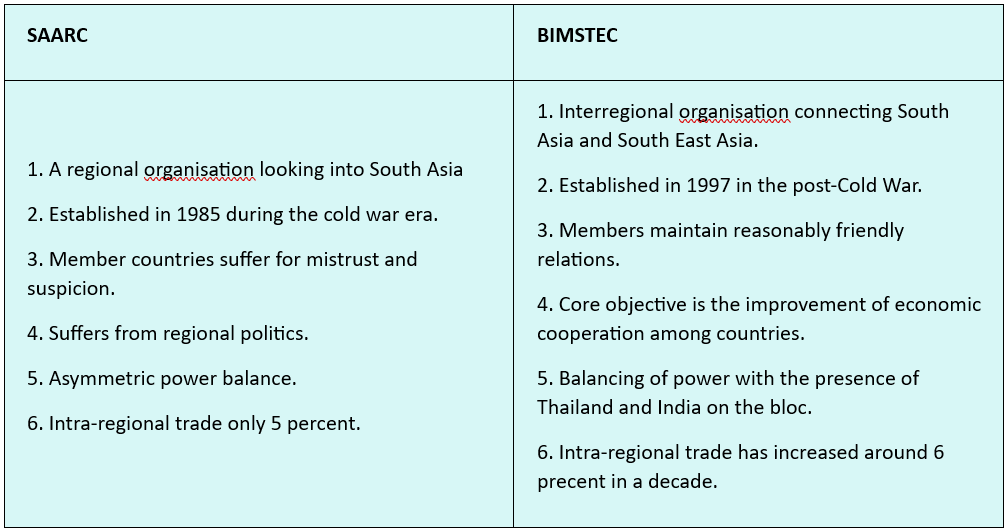
Act East Policy
o The ‘Act East Policy’ announced in November, 2014 is the upgrade of the “Look East Policy”.
o It is a diplomatic initiative to promote economic, strategic and cultural relations with the vast Asia-Pacific region at different levels.
o It involves intensive and continuous engagement with Southeast Asian countries in the field of connectivity, trade, culture, defence and people-to-people-contact at bilateral, regional and multilateral levels.
o To promote economic cooperation, cultural ties and developing a strategic relationship with countries in Indo-pacific region with a proactive and pragmatic approach and thereby improving the economic development of the North Eastern Region (NER) which is a gateway to the South East Asia Region.
SAGAR
- Security and Growth for All in the Region (SAGAR) was launched in 2015. It is India’s strategic vision for the Indian Ocean Region (IOR).
- Through SAGAR, India seeks to deepen economic and security cooperation with its maritime neighbours and assist in building their maritime security capabilities.
- Further, India seeks to safeguard its national interests and ensure Indian Ocean region to become inclusive, collaborative and respect international law.
- The key relevance of SAGAR emerges when seen in conjunction with India’s other policies impacting the maritime domain like Act East Policy, Project Sagarmala, Project Mausam, India as ‘net security provider’, focus on Blue Economy etc.


